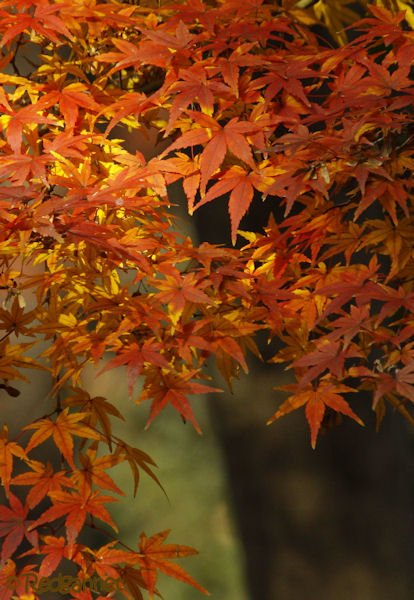
A quick search of the 10,000 Birds archives turned over very little in the way of Japanese birding and since I have just returned from Tokyo, having fulfilled an ambition to visit Oi Bird Park, I shall pad out our Japanese content a little.
There are two international airports that serve Tokyo; Narita and Haneda. A layover in Narita was written up by Mike, but more and more traffic is being routed through Haneda these days and there are a couple of sites within easy reach of the airport if you find yourself with the time.
Much of the land around Tokyo Bay has been reclaimed and the taxi-ways of the airport at Haneda have been raised from the water on stilts. It stands at the mouth of the Tama River which is a popular wintering area for waterfowl. Many of the ducks will be familiar to Nearctic birders, but Common Pochard, Tufted Ducks and Spot-billed Ducks may be new.
Reeds attract Meadow Buntings and Reed Buntings and provide shelter for little fish which, in their turn attract Great Egrets, Little Egrets and Grey Herons. Predators were obvious during this trip with Eurasian Kestrel, Peregrine Falcon, Eurasian Marsh Harrier, Osprey and Black Kite all seen in one sweep of the Bushnells.
It is possible to see the river from the airport, but it may prove a little distant from the terminal buildings. If you find yourself with the opportunity to get out of the airport for a short while, one of the best sites in the city is within a very short distance. The Oi Bird Park has been renamed and is now known as the Tokyo Port Wild Bird Park.
My only previous attempt to visit the reserve ended in disappointment. I now know that the park closes on a Monday as a rule and is open from 09.00 every other day. The rule is broken if Monday is a bank holiday, in which case the park will be closed on the following Tuesday.
There are two sections. A small wooded garden has two hides overlooking small freshwater ponds. Dusky Thrushes and a single Pale Thrush bathed by the water’s edge whilst Japanese Whiteyes and Japanese Pygmy Woodpeckers kept to the trees.
Brown-eared Bulbuls fed from berry trees.
The other, larger section is reached across a footbridge and contains brackish as well as fresh water. More ducks are likely to be seen here as well as Grey Herons and Little Egrets. A Northern Goshawk circled with a Eurasian Sparrowhawk and some Black Kites above the visitor Centre. Japanese Whiteyes were common and widespread.
A Bull-headed Shrike and Common Kingfishers were seen from the blind and a Little Grebe approached very closely to one of the hides on the brackish lagoon.
To see the Tokyo Port Wild Bird Park, cut and paste these coordinates into Google Earth; 35°35’2.21″N 139°45’36.75″E Entrance fee is 300 Japanese Yen. A taxi from the airport would probably cost around 1000 Yen one way. A monorail (300 Yen) runs in and out of the airport. Ryutsu Centre (35°34’53.17″N 139°44’57.07″E) is just a 15 minute walk across the river bridge from the entrance gate of the park. Taxis should be readily available from the station. This is a good solution if a taxi cannot be found for return to the airport.
As always with layover or transit birding, have a few formalities organised before you land to save time. Landing cards are required and some local currency will be useful. Travel with little hand-baggage for transitsas you will either need to leave it or carry it.

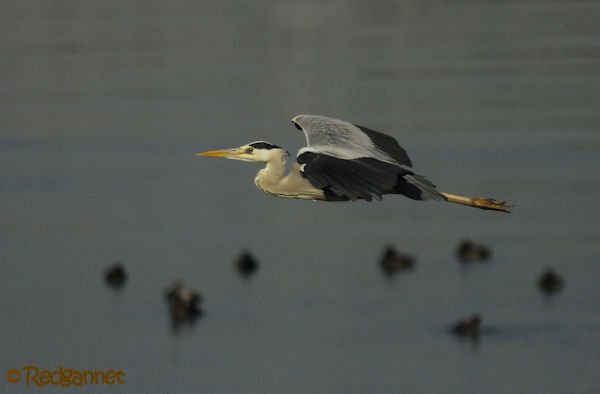
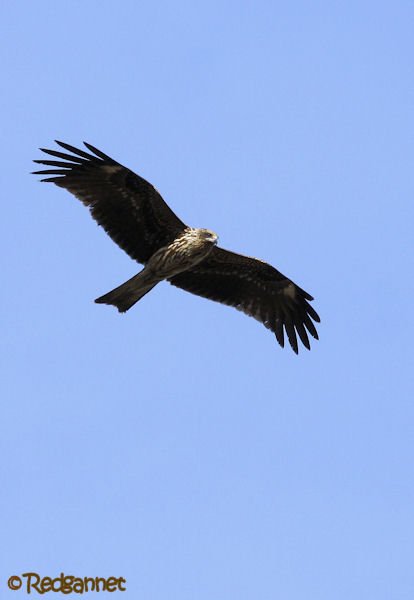
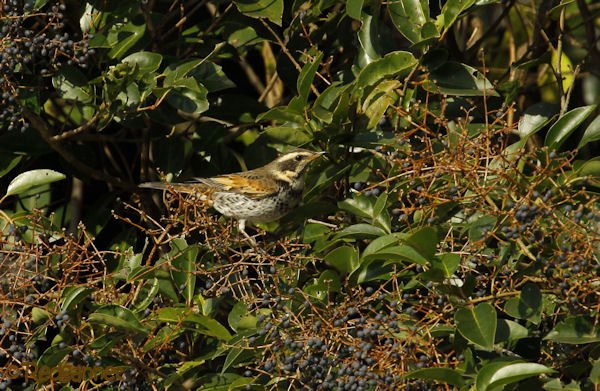
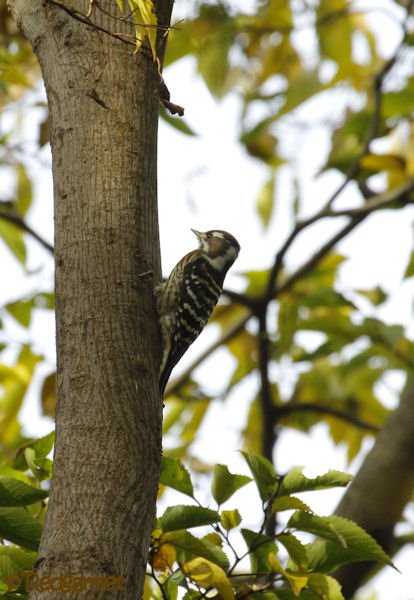
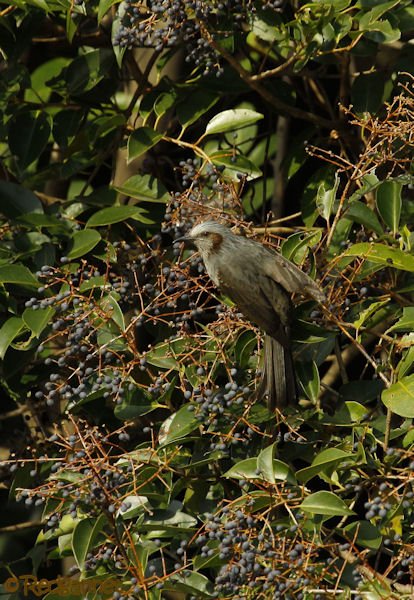
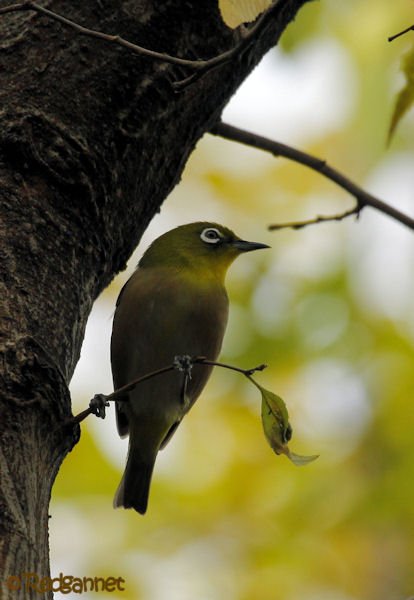
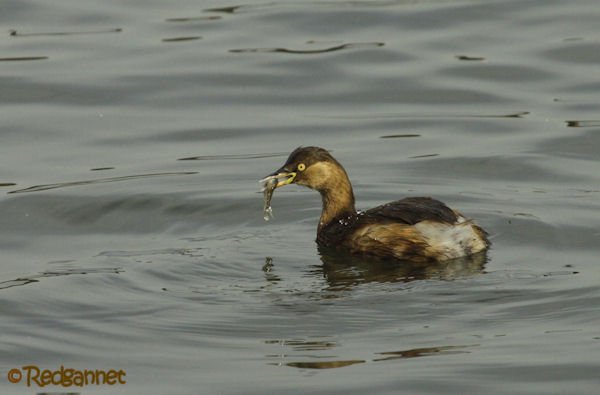
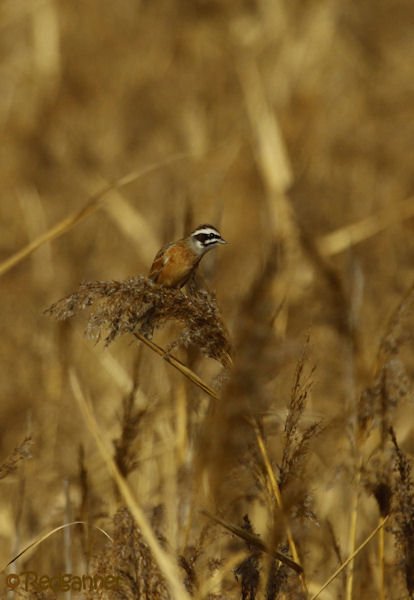



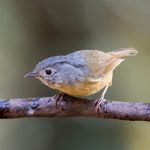






Leave a Comment